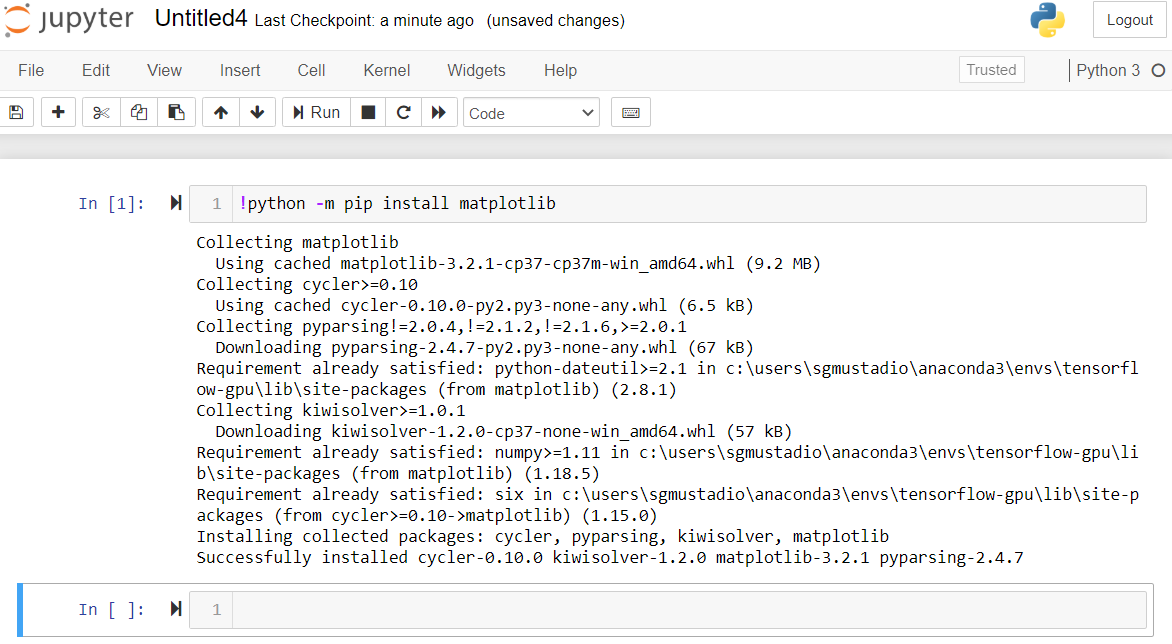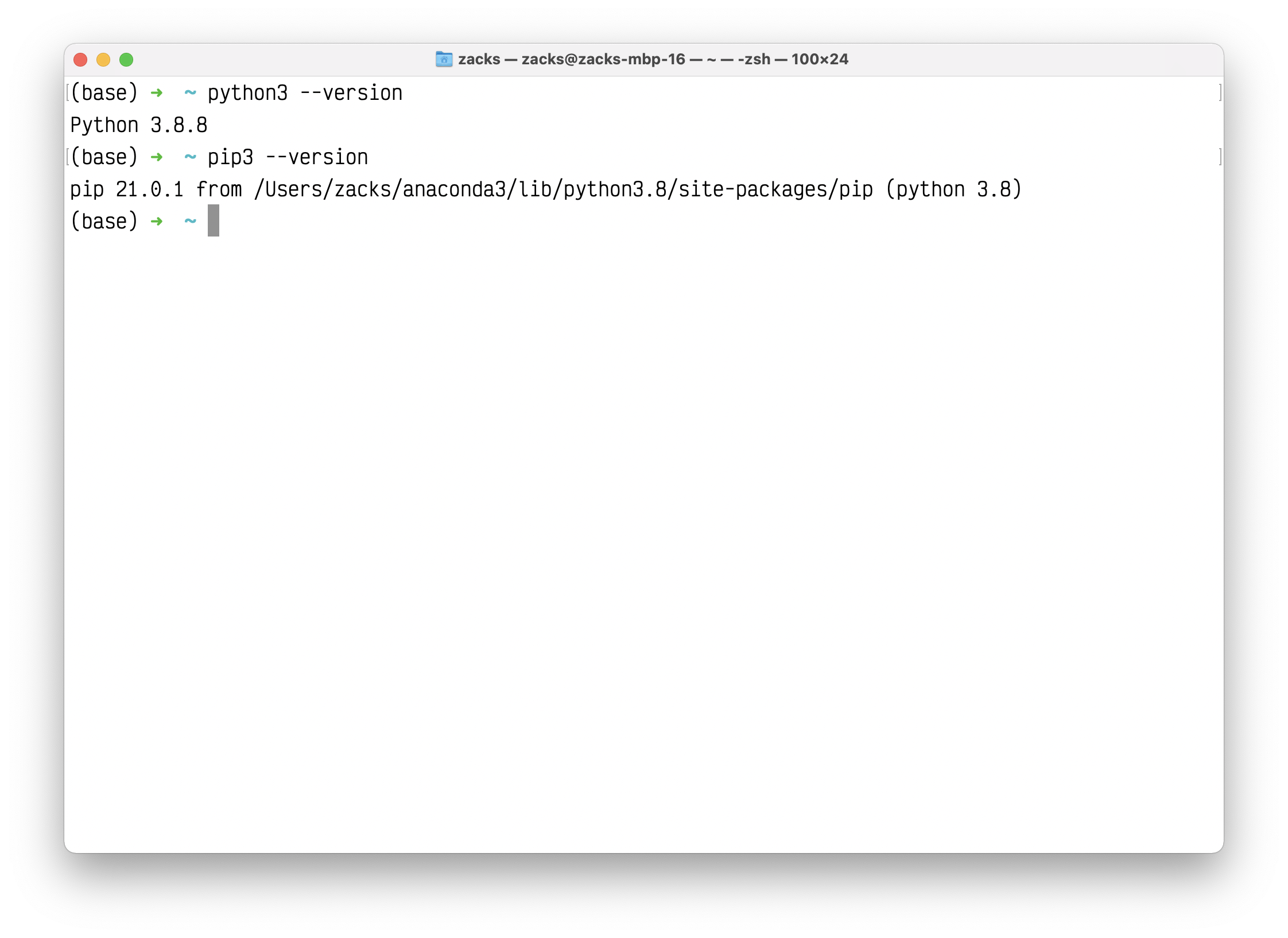
- #COMMAND TO INSTALL TENSORFLOW UBUNTU PYTHON 3.6 INSTALL#
- #COMMAND TO INSTALL TENSORFLOW UBUNTU PYTHON 3.6 SOFTWARE#
Run the following command to create the environment: Then create a new virtual environment called tensorflow-dev. Navigate to your newly created tf-demo directory:
#COMMAND TO INSTALL TENSORFLOW UBUNTU PYTHON 3.6 INSTALL#
In this step we are going to create a virtual environment and install TensorFlow.įirst, create a project directory called tf-setup: You should now have git installed and ready to use on your Ubuntu system. Once you are in the directory where you would like the environments to live, you can create an environment by running the following command: Let’s choose which directory we would like to put our Python programming environments in, or we can create a new directory with mkdir, as in: With this installed, we are ready to create environments. We need to first install the venv module, part of the standard Python 3 library, so that we can create virtual environments. Each environment is basically a directory or folder in your computer that has a few scripts in it to make it act as an environment. You can set up as many Python programming environments as you want. Virtual environments enable you to have an isolated space on your computer for Python projects, ensuring that each of your projects can have its own set of dependencies that won’t disrupt any of your other projects. Once Python is set up, and pip and other tools are installed, we can set up a virtual environment for our development projects. Sudo apt-get install build-essential libssl-dev libffi-dev python-dev There are a few more packages and development tools to install to ensure that we have a robust set-up for our programming environment: So if you would like to install NumPy, you can do so with the command pip3 install numpy. Here, package_name can refer to any Python package or library, such as Django for web development or NumPy for scientific computing. You can install Python packages by typing:
#COMMAND TO INSTALL TENSORFLOW UBUNTU PYTHON 3.6 SOFTWARE#
To manage software packages for Python, let’s install pip:Ī tool for use with Python, pip installs and manages programming packages we may want to use in our development projects. However, the size of the Docker image will be quite large.


This method is ideal for incorporating TensorFlow into a larger application architecture already using Docker. In this method, you use a Docker container that contains TensorFlow and all of its dependencies. Docker: Docker is a container runtime environment and completely isolates its contents from preexisting packages on your system.This method of installation does not isolate TensorFlow in a contained environment and may interfere with other Python installations or libraries. This is recommended for people who want to make TensorFlow available to everyone on a multi-user system. Native pip: In this method, you install TensorFlow on your system globally.This isolates your TensorFlow environemnt from other Python programs on the same machine. Python and Virtualenv: In this procedure, you install TensorFlow and all of the packages required to use TensorFlow in a Python virtual environment.Each method has a different use case and development environment:


 0 kommentar(er)
0 kommentar(er)
